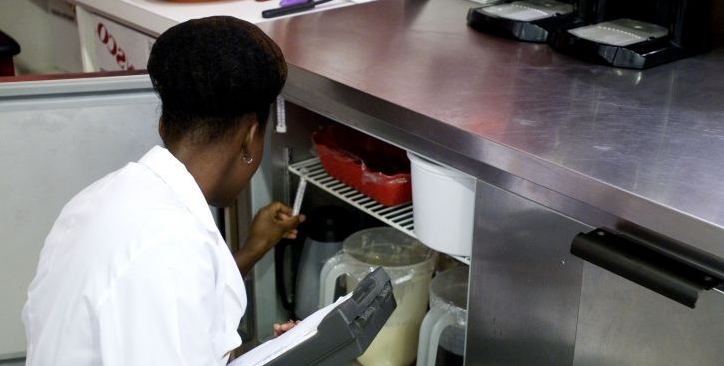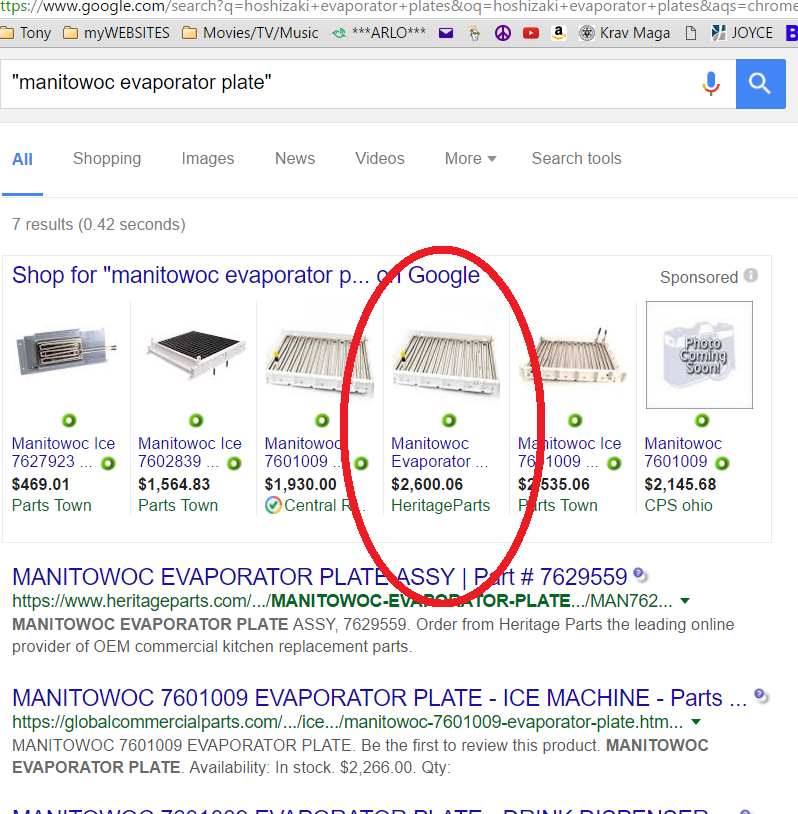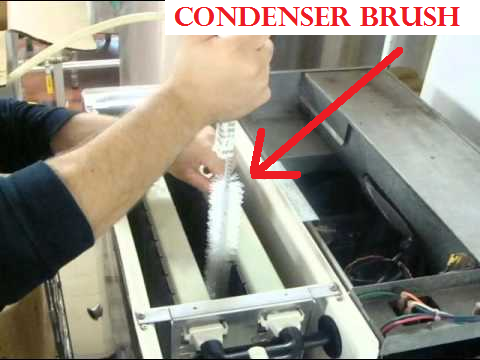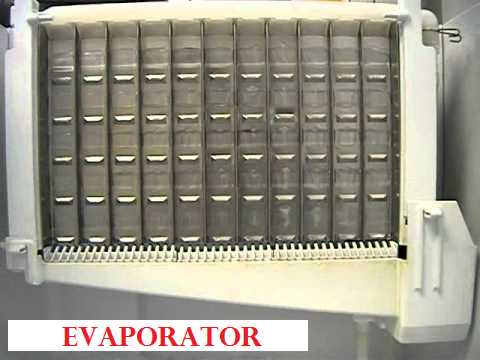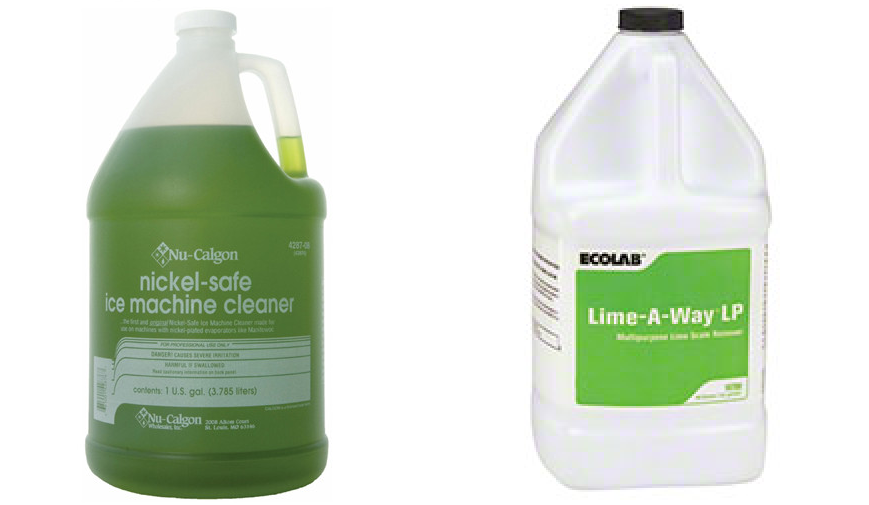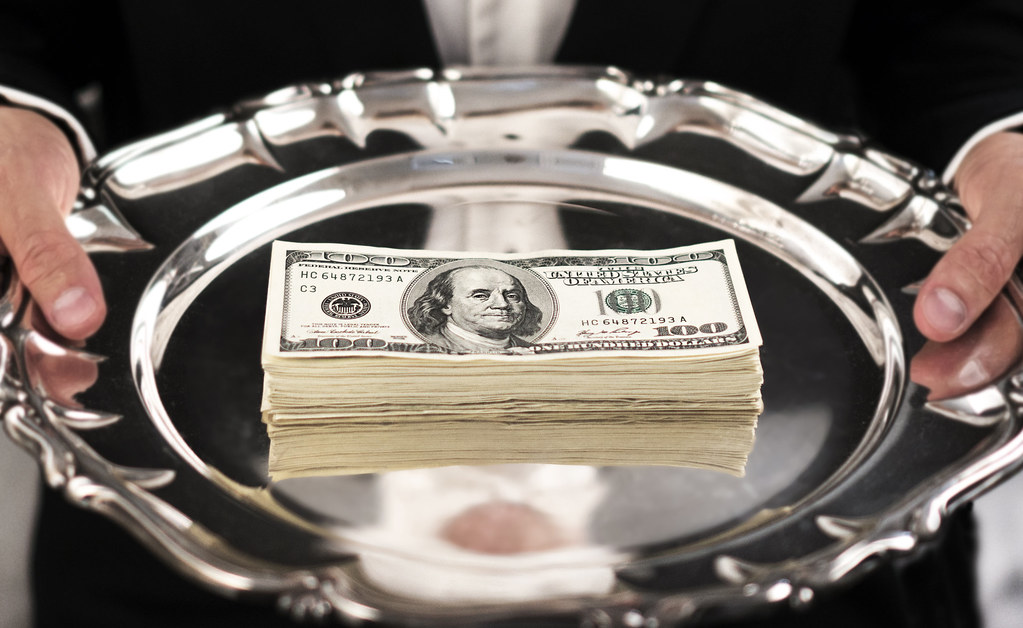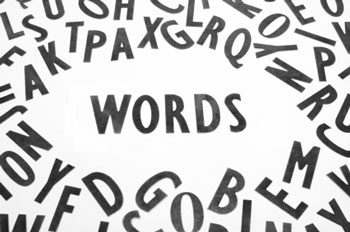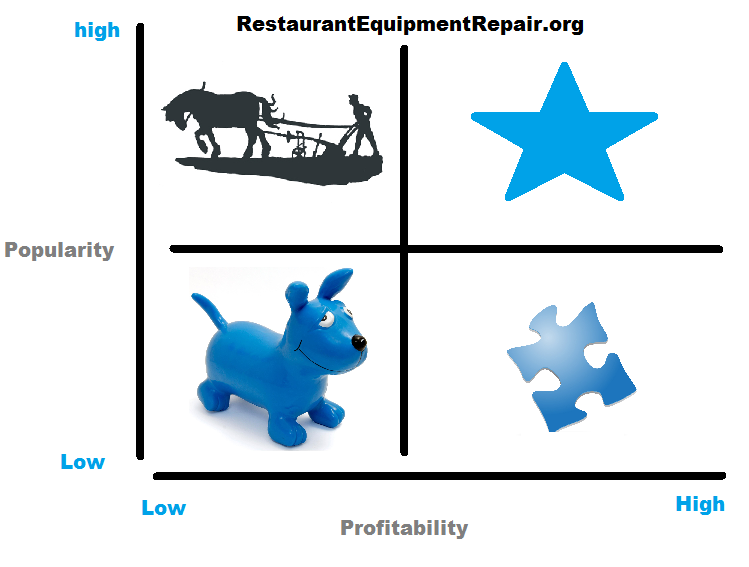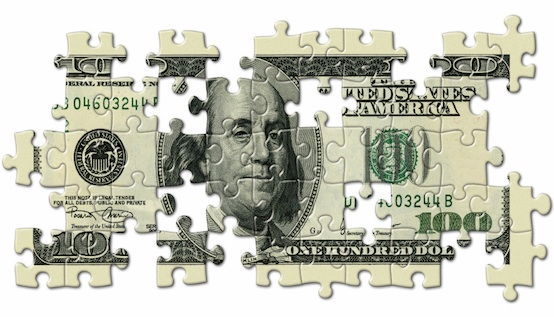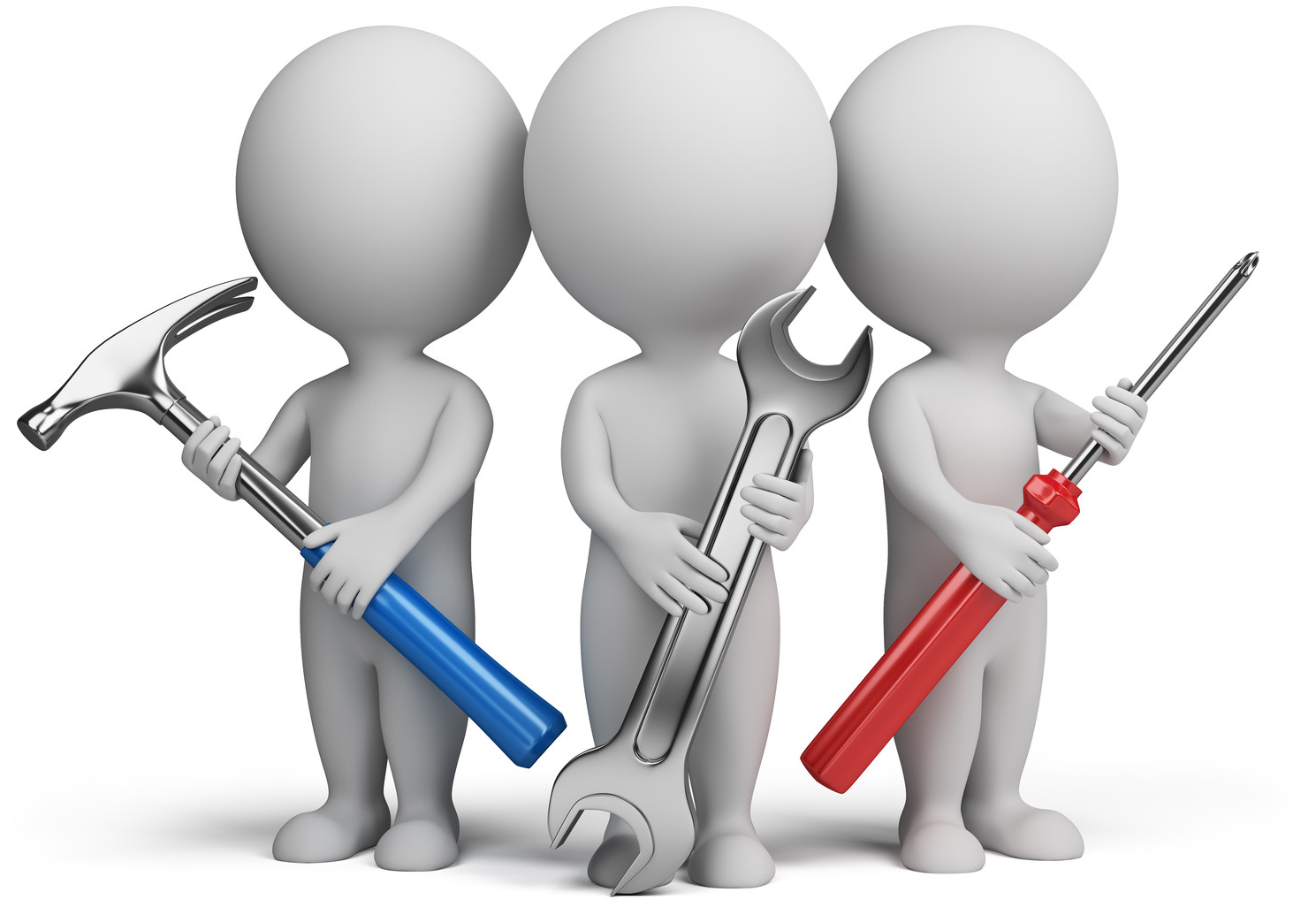Create a Takeout Menu
When offering a takeout menu you open up your restaurant to a whole new set of customers who don’t have the time to sit down to eat their breakfast, lunch, or dinner. When offering a takeout menu also offer discounts or promotions to nearby office buildings to better increase chances of businesspeople coming through your restaurant.
Learn and Reduce Your Food Costs
An easy way to begin reducing food costs is to look over the ten foods you spend the most on each month. When you’ve identified those ten items you can reach out to your distributor to see if there are similar or better products that are more cost efficient. With reducing the costs of your top ten costly items it’ll quickly drop your food costs making it much more efficient.
Use Social Media Marketing
As in a previous blog post we listed why you should be using social media marketing. When you have social media you can see complaints and compliments customers have given to your company, as well as what they’re wanting to see or eat more of. With social media marketing you are able to offer promotions and deals specifically for your social media followers promoting more walk-ins.
Acknowledge Your Online Reviews
When you do create social media you are going to get reviews on websites like yelp and foursquare. It’s vital that you respond back to both your negative and positive reviews. When you respond to your customers it allows them to see you consider them more than a dollar bill. Responding to your customers reviews creates more customer loyalty and can change the minds of those who once were displeased with their experience.
Know your Restaurant and Customers
When you’re deciding what to really target for your business and what type of restaurant will profit the best get to know what the customers like. When trying to figure out what type of restaurant you should put your money into begin you need to look at your location and heavy hitters around you. Are you in a more ritzy location where you should offer more exotic or fancy dishes? Or a Southern style state that loves their smoky barbeque? Depending on where you’re at you want to cater to those customers and serve what is booming around you to bring in a good flow of traffic.
Provide Outstanding Customer Service
“The customer is always right” is not just a saying that you say in the food and hospitality service. It’s true, customer satisfaction is a huge priority if not your first priority. When a customer receives bad service along with bad customer service when they address the problem that’ll ruin your name in their eyes and everybody’s eyes that bring up your name to them. It’s best to compensate a free meal or drinks or a possible discount on their next visit to stay in their good graces. When they have a good experience after a bad experience it gives a better chance they’ll put you back into good standing with them.
Build a Great Website
Even when they go online to look up your social media your website will also be something they’ll go to. It’ll bring in more traffic and business if it’s well rounded with coupons and promotions, a current and printable menu, and your business’ contact information. With a well-rounded website it’d be a good idea to submit it to local and national restaurant directories.
Offer Coupons and Promotions
I have never met somebody who didn’t like getting a deal or coupons, making eating out easier on the wallet. To increase your reviews you could offering free or discounted items, such as a free cookie or burger for submitting a review! It’s a wonderful way to have customers coming back because they know as long as they review the restaurant they will get a freebie.
Well Train Your Staff
With well trained staff your restaurant will run more seamlessly. Giving monthly training meetings to help refresh skills, and weekly meetings to evaluate how the week has been going and any concerns with service. Reminding your staff to push up sales will also increase profit if they’re consistent, and provide them more tips. Allow them to taste the foods they’re about to be serving that night to make sure they can give feedback and answer customer questions about said specials.
Have A Good Front Of House
When you initially walk into a restaurant you expect to be greeted by hosts and hostesses without that service the restaurant feels unprofessional and not complete. The point of hosts and hostesses are to welcome customers, quickly seat them, and present them with menus while they await the server. They give the customers outstanding services to provide the customers the best first impression possible, always provide service with a smile.
.

